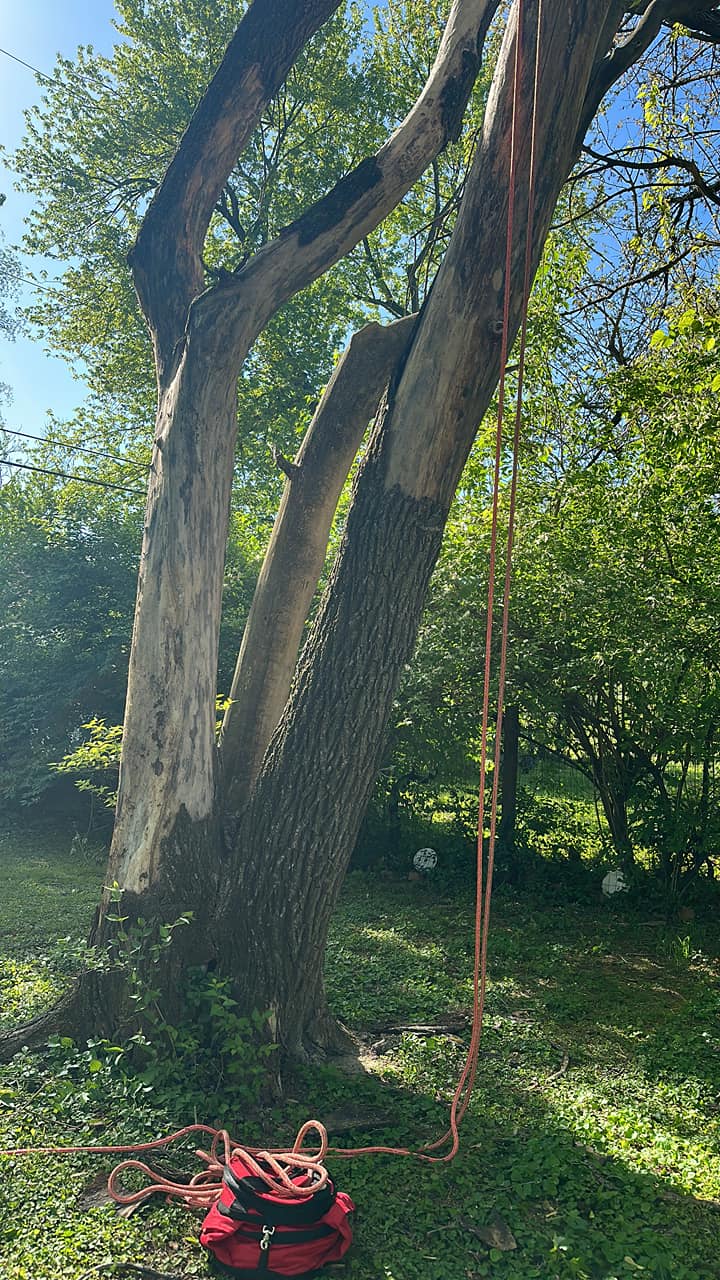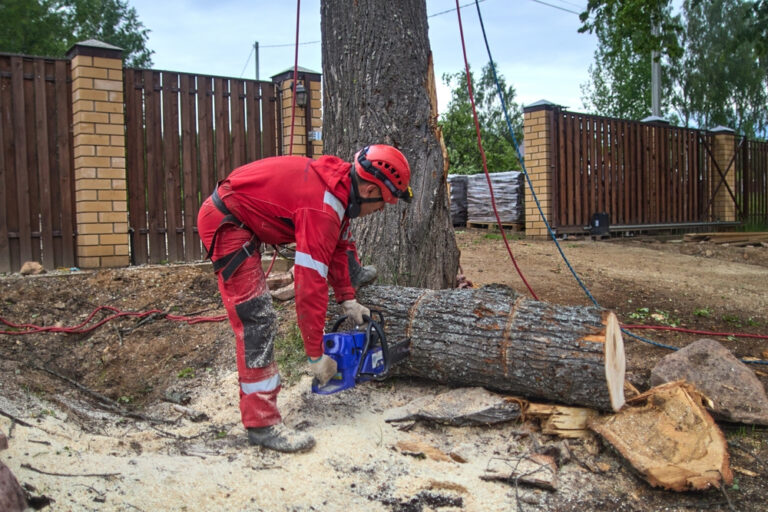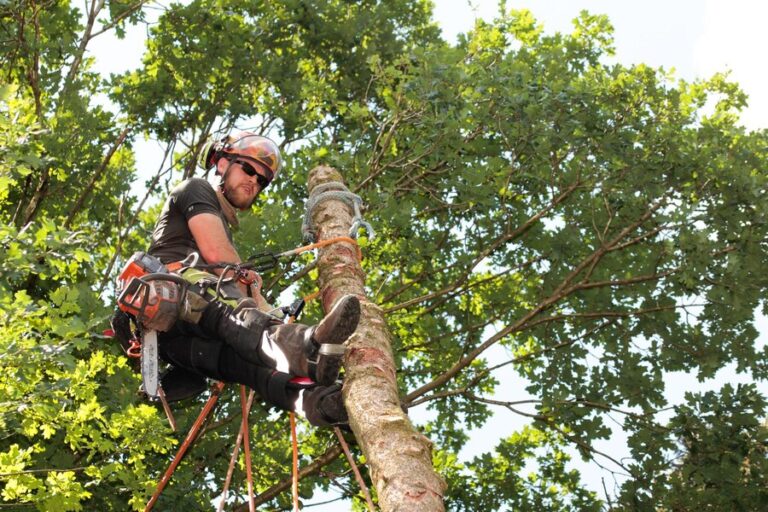Richmond Virginia, known for its picturesque landscapes and thriving urban forest, faces a persistent threat: tree diseases. Amidst the grandeur of its trees lies an array of ailments that challenge the health and vitality of its arboreal inhabitants. From insidious fungal infections to relentless bacterial blights, the challenges are diverse and ever-present. This comprehensive guide aims to illuminate the prevalent tree diseases in Richmond VA, empowering residents with knowledge to identify, prevent, and combat these afflictions effectively.
Understanding Tree Diseases
Tree diseases, encompassing fungal, bacterial, and viral infections, manifest in various forms, including leaf discoloration, wilting, cankers, and abnormal growth patterns. Anthracnose, a fungal disease, inflicts hardwood trees like maple and oak, causing brown lesions and defoliation. Powdery mildew, another fungal menace, blankets leaves and stems with a white powdery substance, commonly afflicting ornamental trees.
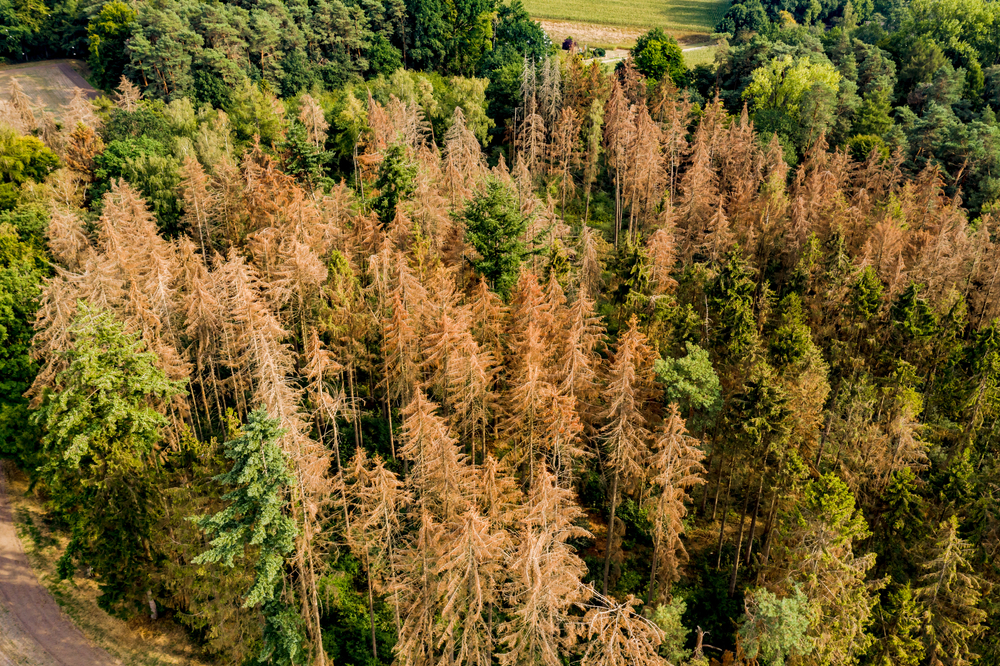
Fungal Diseases
Fungal diseases pose a significant threat to Richmond’s urban forest. Anthracnose, caused by various fungal species, targets a wide range of trees, including maple, oak, and sycamore. Early symptoms include small, irregularly shaped brown spots on leaves, which gradually enlarge and coalesce, leading to defoliation in severe cases. Powdery mildew, caused by fungi in the Erysiphales order, affects ornamental trees like dogwoods and roses. Infected leaves exhibit a characteristic white powdery coating, impairing photosynthesis and weakening the tree’s overall vigor.
Bacterial Infections
Bacterial infections, though less common than fungal diseases, can have devastating effects on trees. Fire blight, caused by the bacterium Erwinia amylovora, primarily affects members of the rose family, including apple and pear trees. Symptoms typically appear in spring as wilting and blackening of new shoots, resembling the appearance of fire-scorched foliage. As the disease progresses, affected branches develop cankers, which ooze bacterial exudate and serve as a source of inoculum for further infection. Crown gall, caused by the bacterium Agrobacterium tumefaciens, induces the formation of tumor-like growths on the roots and stems of susceptible trees. These galls disrupt nutrient flow, weaken the tree’s structural integrity, and predispose it to secondary infections.
Viral Diseases
While less prevalent than fungal and bacterial infections, viral diseases can still pose a threat to Richmond’s trees. Oak wilt, caused by the fungus Ceratocystis fagacearum, primarily affects oak species, including red oak and white oak. The disease spreads through root grafts and insect vectors, disrupting the tree’s vascular system and causing rapid wilting and death. Symptoms include wilting of leaves, discoloration of vascular tissue, and the formation of fungal mats beneath the bark.
Identifying Common Tree Diseases
Early detection is paramount in mitigating the impact of tree diseases on Richmond’s urban forest. Recognizing the signs and symptoms of common tree diseases enables residents to take proactive measures to protect their trees and prevent further spread. Leaf symptoms, such as yellowing, browning, spotting, and curling, serve as early indicators of disease presence. Bark abnormalities, including lesions, cankers, and abnormal growths, provide additional clues to the underlying cause of tree ailments. Twig and branch symptoms, such as dieback, wilting, and abnormal growth patterns, further aid in disease diagnosis and management.
Preventing and Managing Tree Diseases
Prevention is the cornerstone of effective tree disease management in Richmond. Implementing sound cultural practices and adopting preventative measures can minimize the risk of tree diseases and promote the overall health and resilience of the urban forest. Proper pruning techniques, performed during the tree’s dormant season, promote air circulation, reduce disease pressure, and remove diseased or damaged branches. Sanitation practices, including prompt removal and disposal of infected plant material, mitigate disease spread and reduce inoculum levels in the environment. Selecting disease-resistant tree species and cultivars strengthens Richmond’s urban forest against common pathogens, reducing the need for chemical interventions and promoting ecological balance.
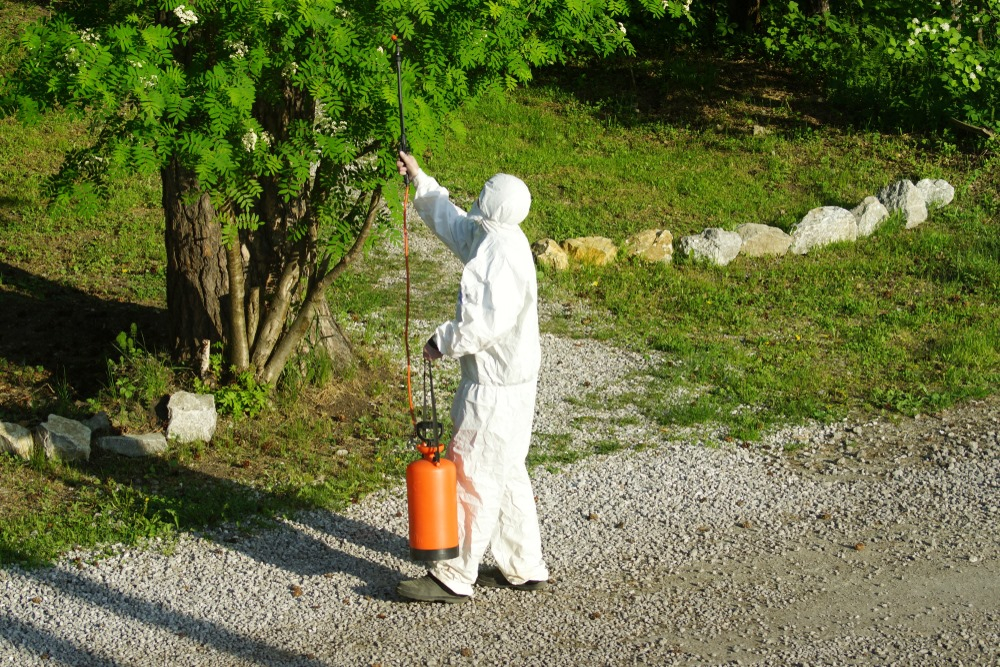
Seeking Professional Assistance
Despite their best efforts, homeowners may encounter tree diseases that require tree diseases professional service . Certified arborists possess the expertise to accurately diagnose diseases based on symptoms, site conditions, and laboratory analysis. Through thorough inspection and assessment, arborists can identify the underlying cause of tree ailments and recommend appropriate treatment options. Treatment strategies may include fungicidal sprays, bacterial antibiotics, and cultural practices aimed at enhancing tree vigor and resilience. In addition to treating existing tree diseases, arborists can implement preventive maintenance measures to safeguard against future outbreaks. This may involve soil amendments, fertilization, and ongoing monitoring to detect and address potential issues proactively.
Conclusion
In conclusion, the battle against tree diseases in Richmond VA, is an ongoing endeavor that requires vigilance, knowledge, and proactive management. By understanding the signs and symptoms of common tree diseases and adopting preventative measures, residents can protect their trees and preserve the city’s urban forest for generations to come. Through collaboration with certified arborists and timely intervention, Richmond can continue to thrive as a bastion of greenery and natural splendor. With dedication and community involvement, the city can confront tree troubles head-on and ensure a vibrant and resilient urban forest for future generations to enjoy.
Tree Trimming Richmond
(804) 533-3943
https://treetrimmingrichmond.com/

